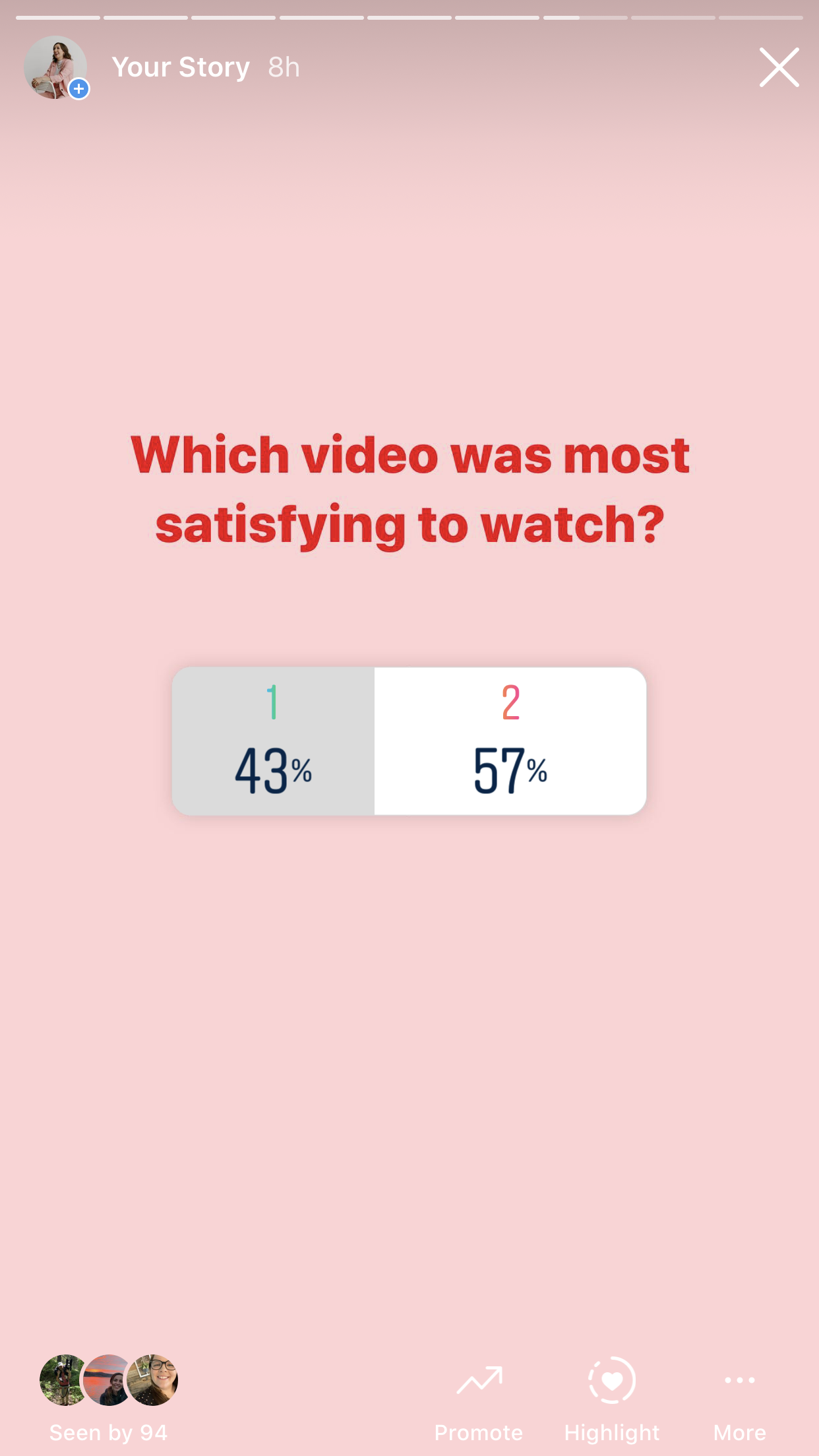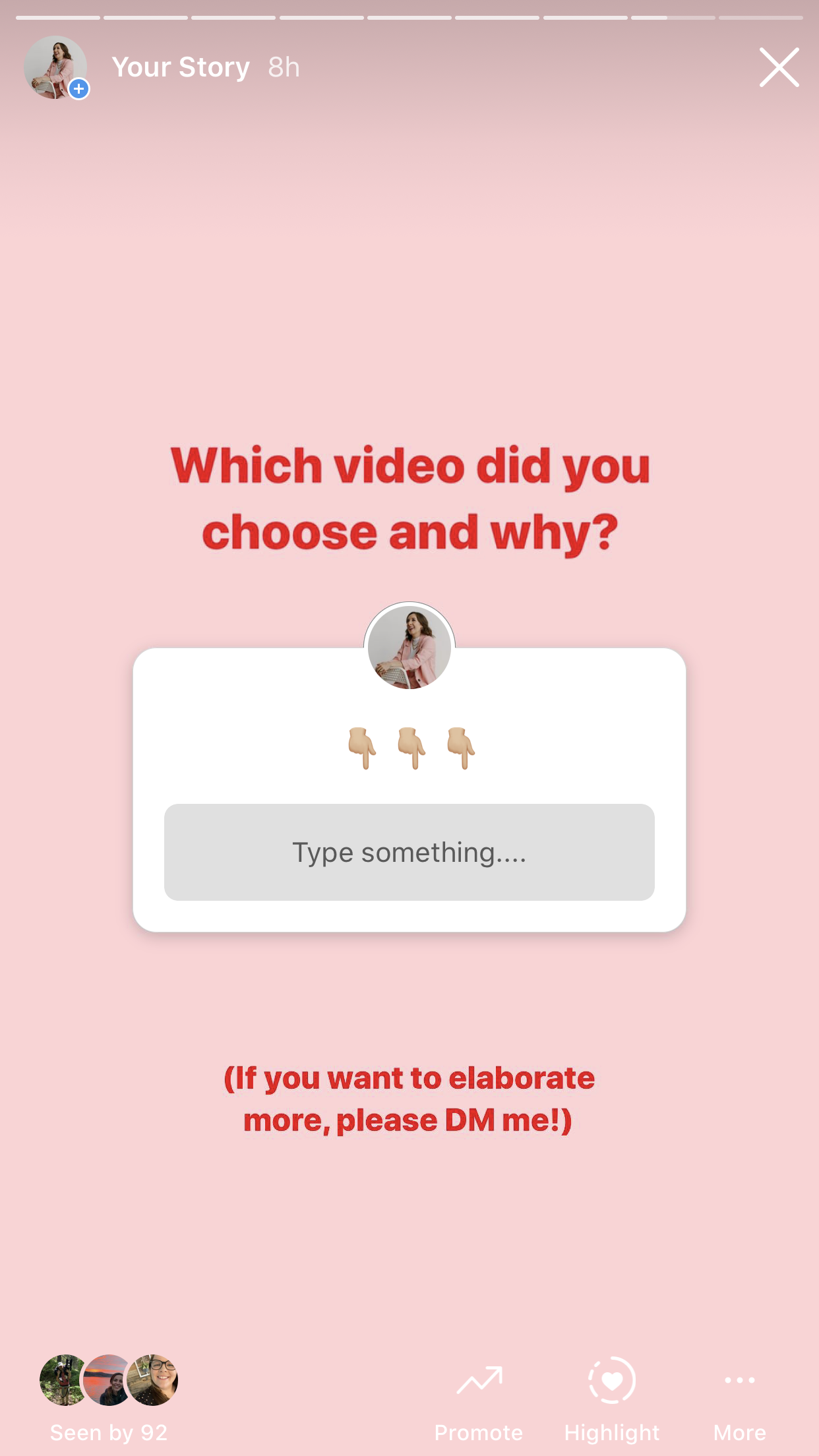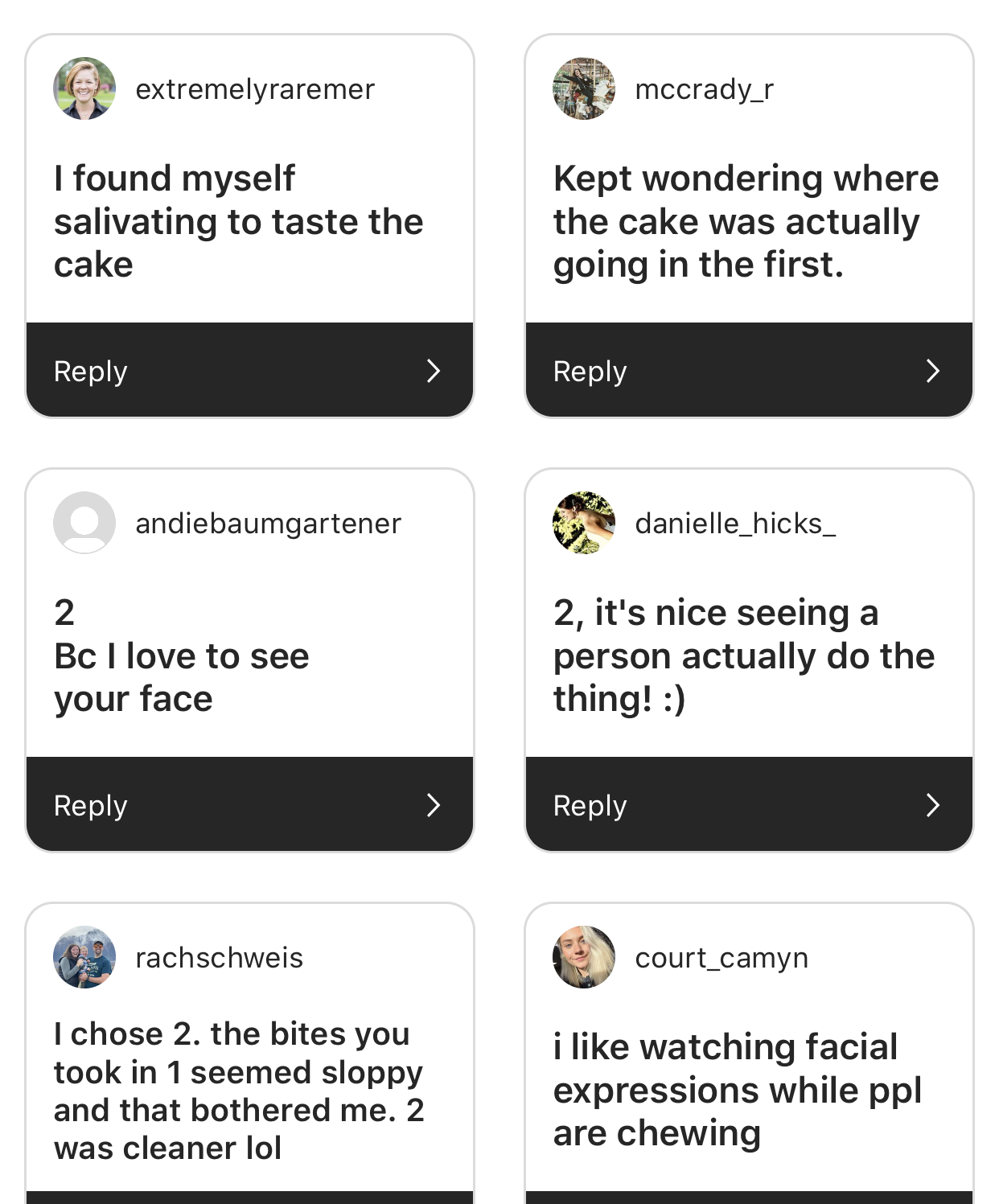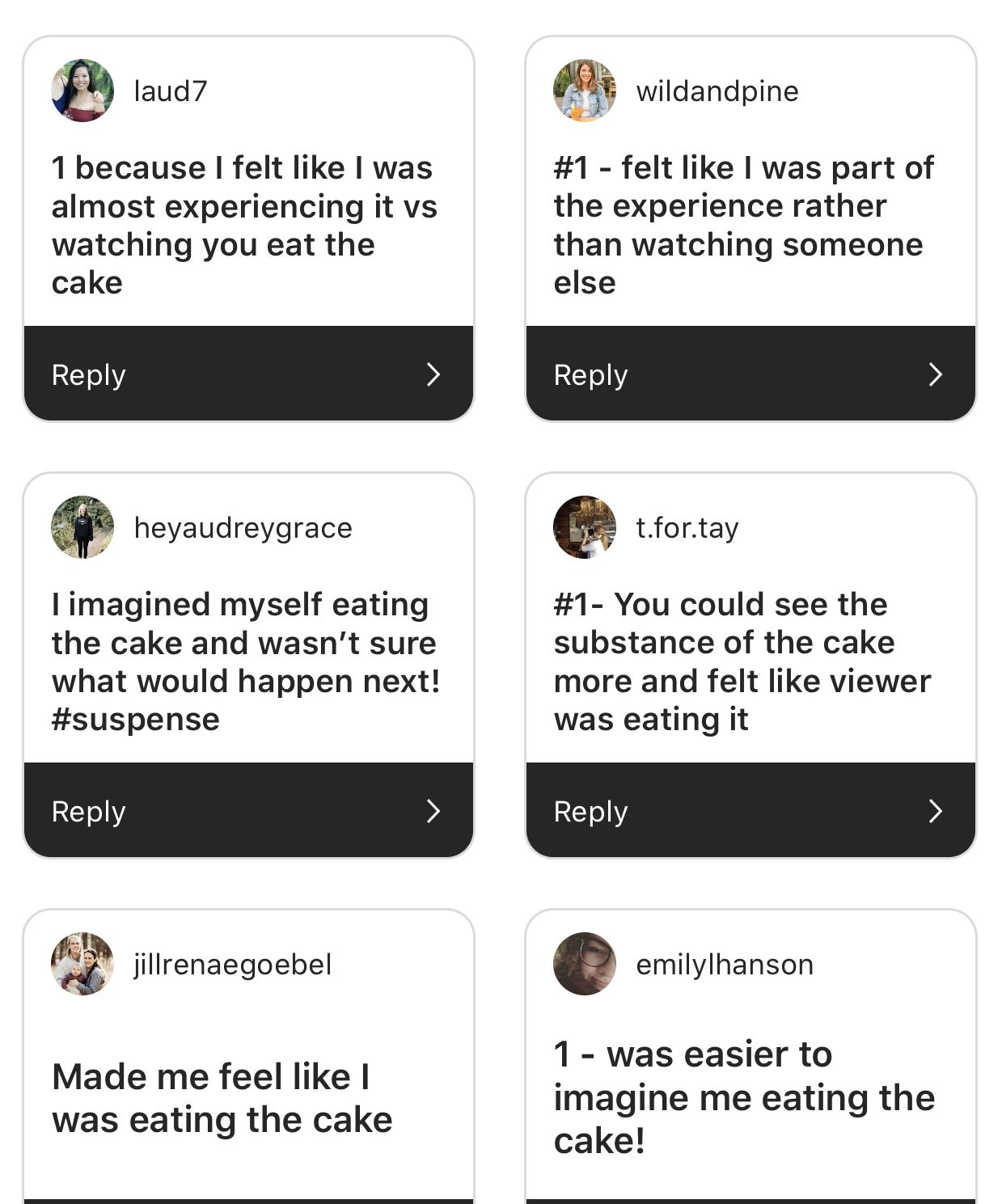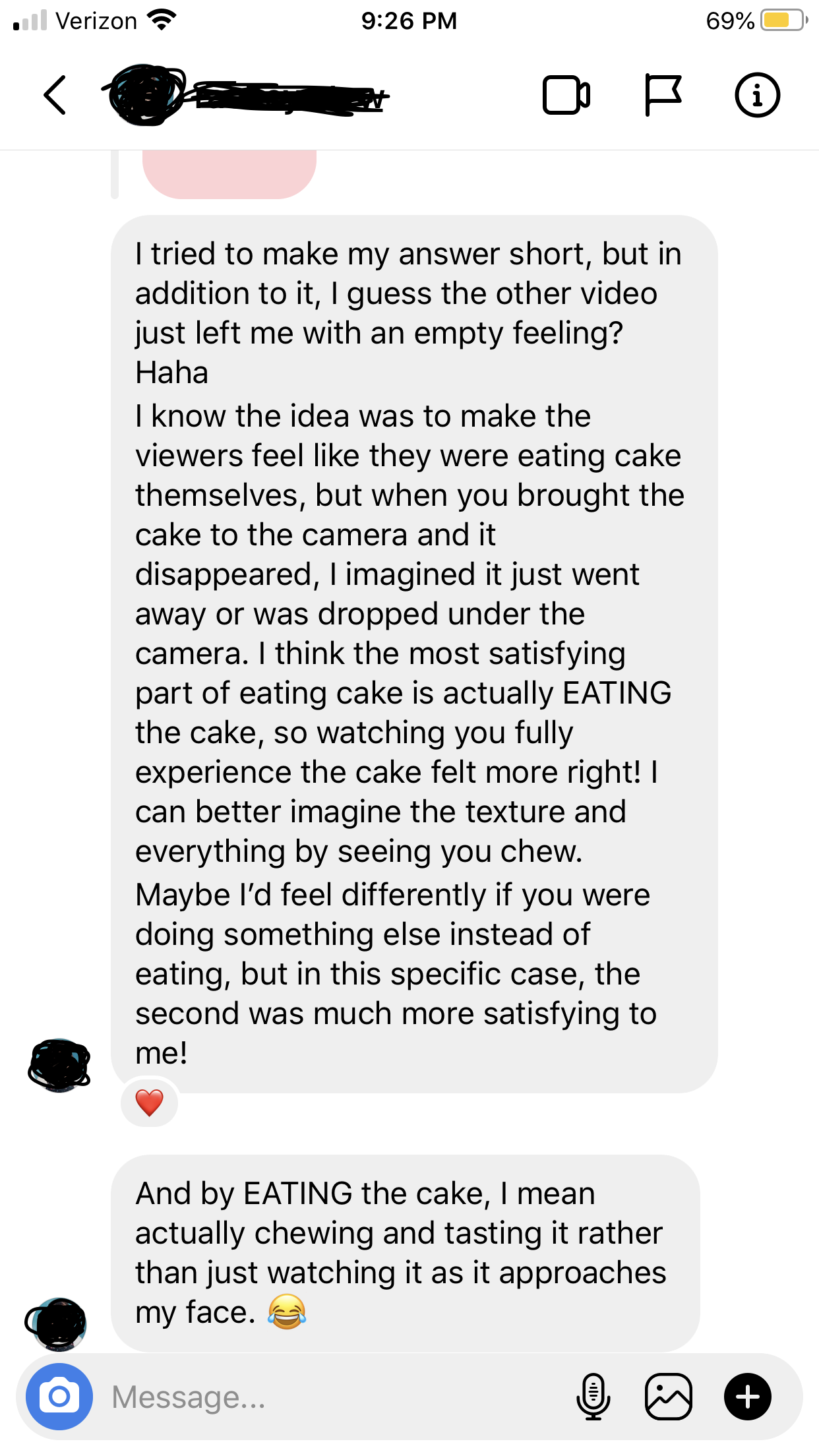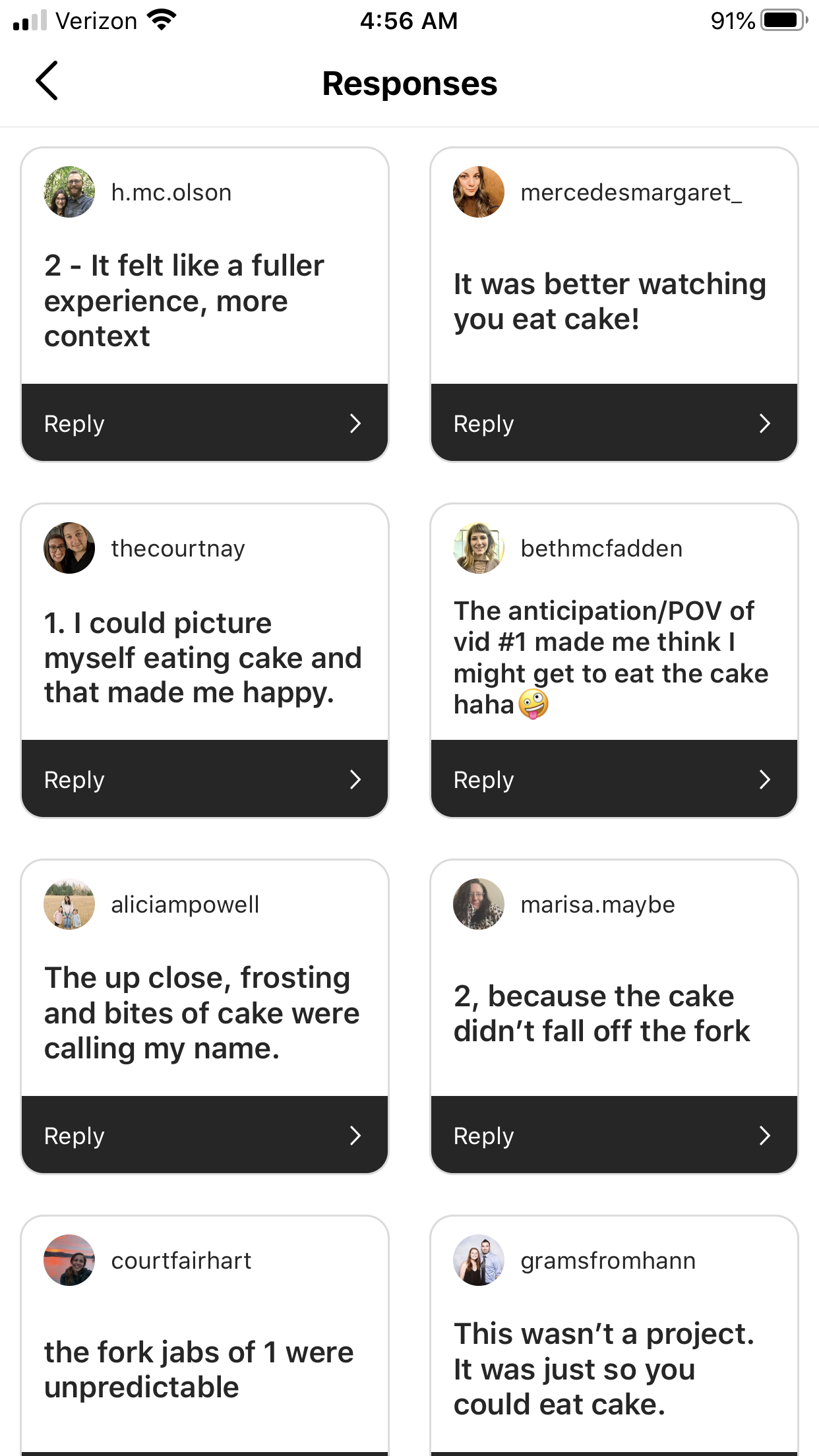Alternative Theory: Embodied Spectatorship Inspired By Found Footage
For my final, I am exploring embodied spectatorship as a means not of totalitarian or universal theory to encompass a spectator’s viewing experience, but as the connective tissue (both literally and figuratively) between the ocular-centric and hegemonic notions of apparatus theory and post-1970s theories which explore the active agency of the spectator, including the malleability and unfixed nature of spectator identification. To do this, one of the primary theorists who has informed my process is Carol J. Clover, whose study of embodied spectatorship in the slasher genre speaks to the notion that, unlike the traditionally rigid (and heterosexual leaning) view of spectator identification, slasher films offer proof of the malleability of a (male) spectator to identify with both the presented male killer and the female heroine, or “Final Girl.” Clover’s work in studying this sub-genre of horror led me to further exploration of embodied spectatorship in another horror sub-genre: the found footage film.
Though Clover does not explore found footage in her essay Her Body, Himself, I am personally curious about found footage’s ability to elicit a heightened bodily reaction from a spectator due to the nature of the first-person point of view, which theoretically collapses the distance between spectator and film material and brings the embodied experience to the forefront of this particular sub-genre. Additionally, I believe found footage horror can serve as another example of the existence of spectatorial oscillation; the “allegiance” of the spectator (including the bodily experience) can shift just as the ownership of the characters as camera operators within the diegesis of the film shifts (and regardless of gender, but I will not further explore the implications of this here).
However, through my Alternative Theory, I wanted to explore if this “found footage” first-person point of view would elicit the same heightened bodily sensations through a different onscreen depiction which draws out the spectator’s senses: the consumption of food.
To do this, I filmed two versions of myself eating a cake: one from a first-person point of view, and the other straight-on, putting myself as the object of the viewer’s gaze.
Then, I put both videos on an Instagram Story to get specific feedback about which video the viewers felt “more satisfied” to watch. This, of course, is an imperfect measurement of gauging a viewer’s bodily response to a film, but I wanted to gather a sense of how each viewer read the respective videos, and why they chose the video they did. By asking “Which video is most satisfying?”, I hoped they would answer based on which video most stimulated their appetite, caused them to salivate, or put them in the position of assuming “my” body as their own (a reference to Vivian Sobchack’s description of “what her fingers knew”).
Below are the videos and screenshots of how I gathered information from viewers via my Instagram Story:
Here in the style of first-person “found footage,” I positioned and ate the cake in a manner in which a spectator could (potentially) physically identify my body with their own, particularly in the moment of bringing the cake to “our” mouth.
In the second video, I filmed myself from a straight-on perspective, putting myself and the full visual act of eating the cake (including putting the cake in my mouth and chewing, which was absent from the first video).
Here is the progression on my Instagram Story. Overall I had over 90 people vote on which video they felt more “satisfied” by, with a fairly even split. Below are some of their answers to why they chose the video they did:
Of those who chose the first video, many noted they felt they could better “imagine” themselves eating the cake, and the bodily responses this elicited (including salivation) felt like a more satisfying experience. Obviously, to ask a viewer to quantify a satisfactory viewing experience vs. an unsatisfactory one does not necessarily measure which film produced a more heightened sensory response, but knowing they were able to “imagine” themselves eating the cake leads me to believe there is a connection between this cognitive experience and a physiological one. Thus, even in these two short videos, these spectators demonstrate they are able to perceive the experience within their own body, and that there is perhaps a notable response difference between the two videos.



